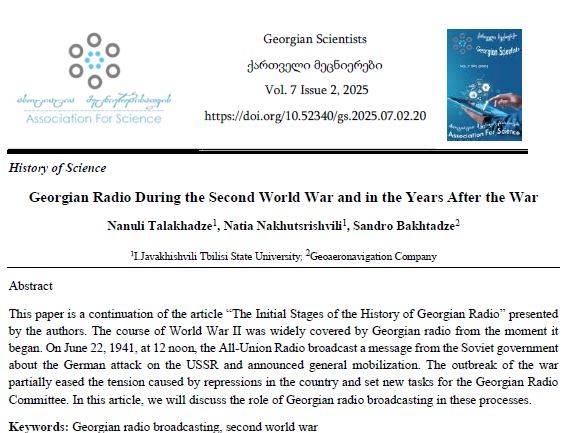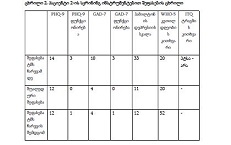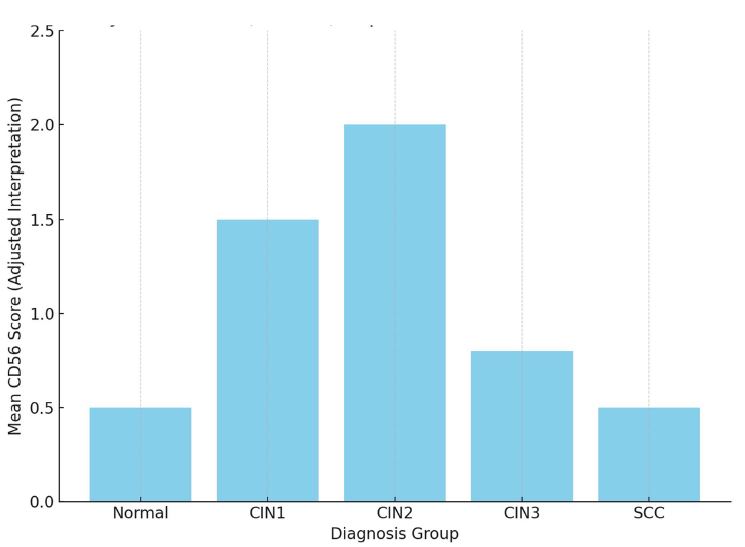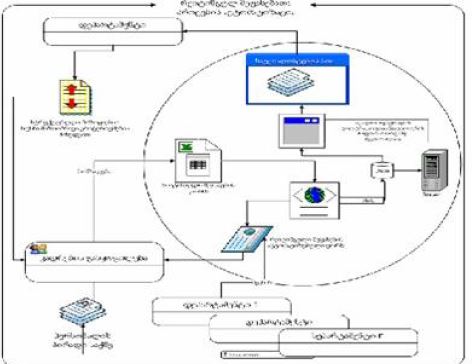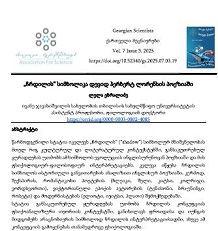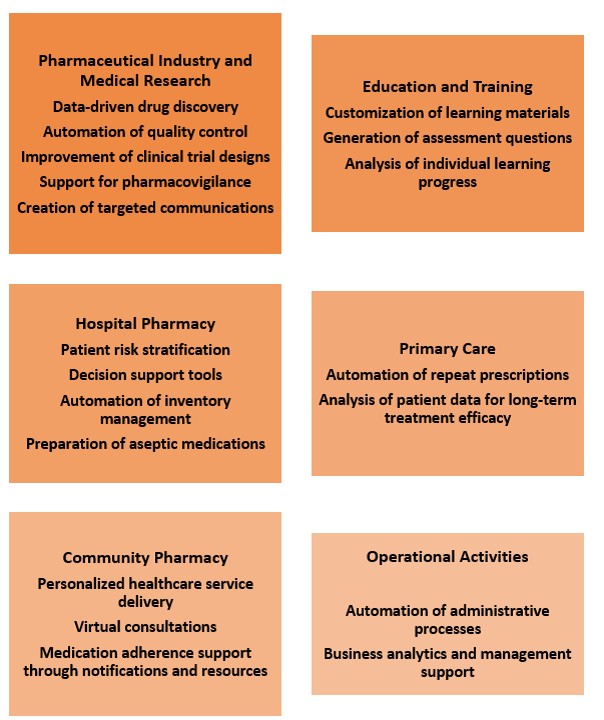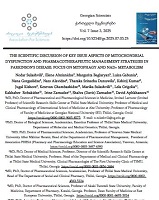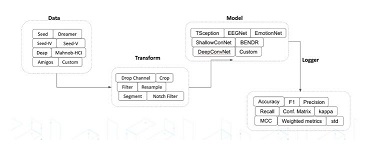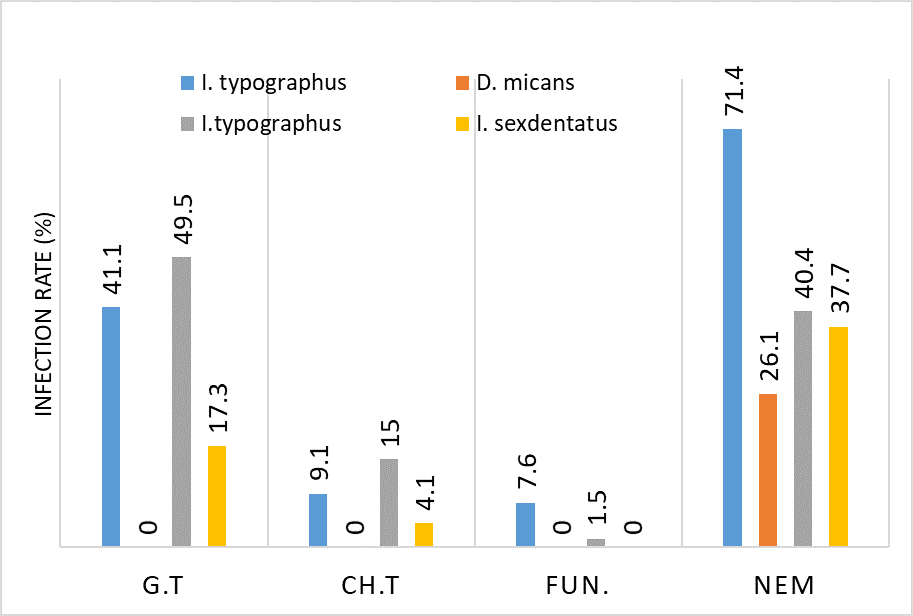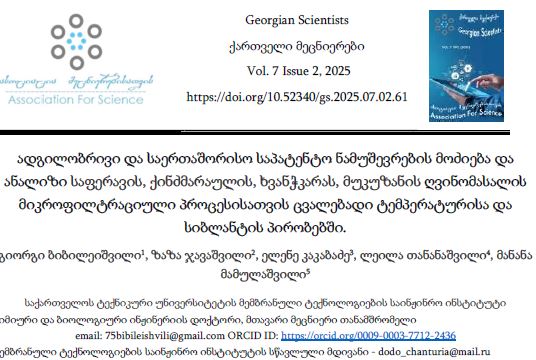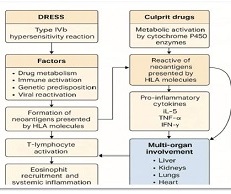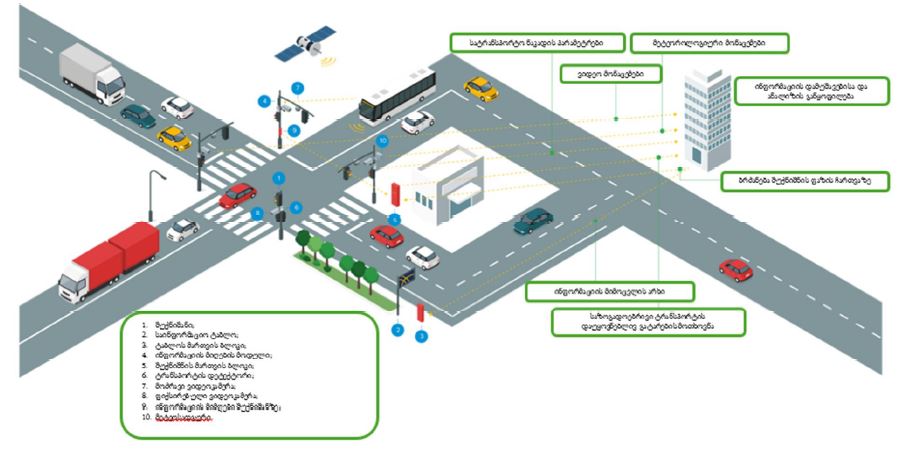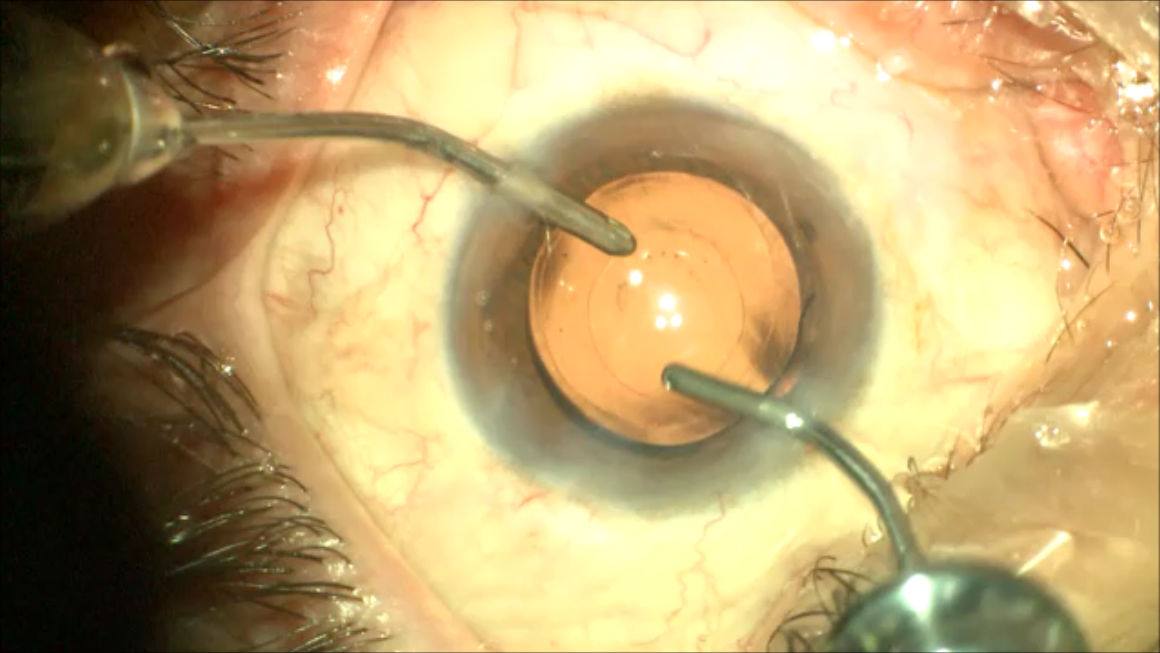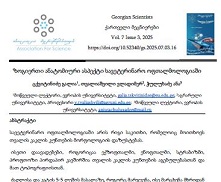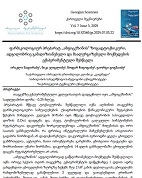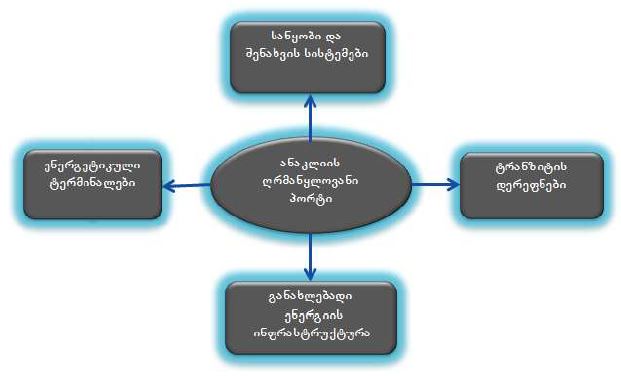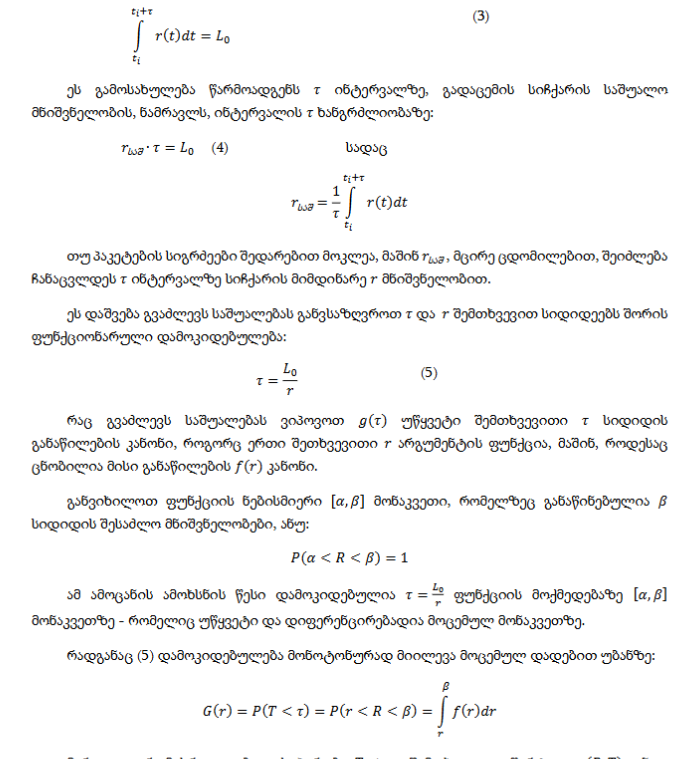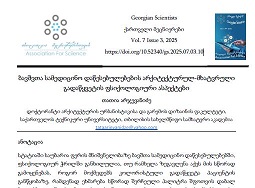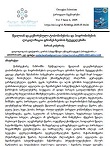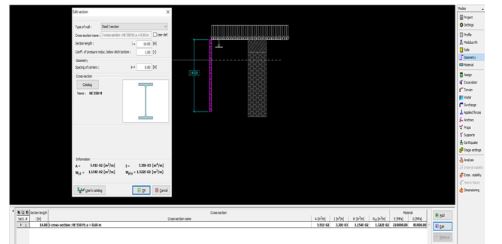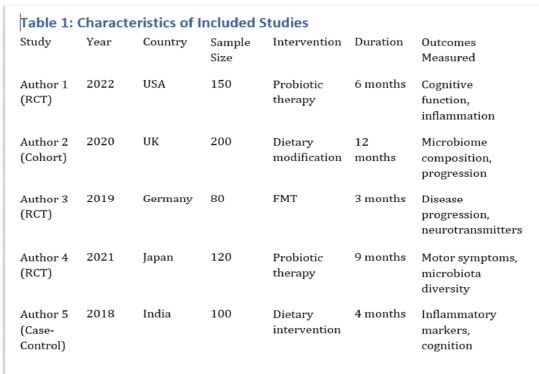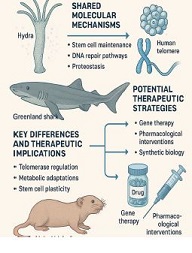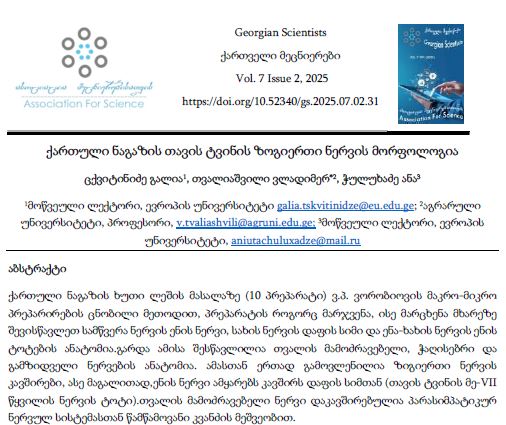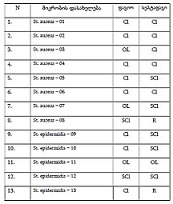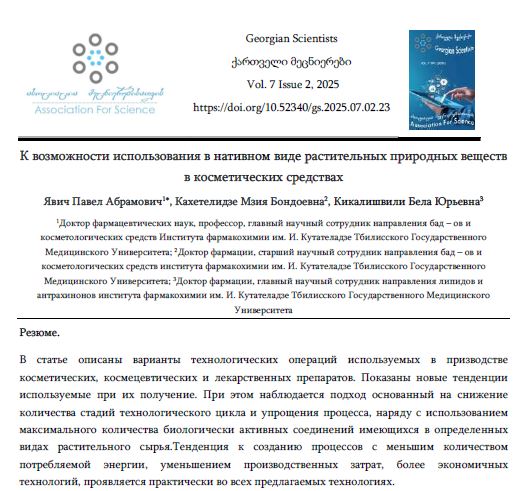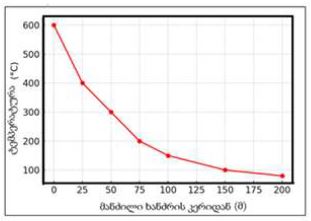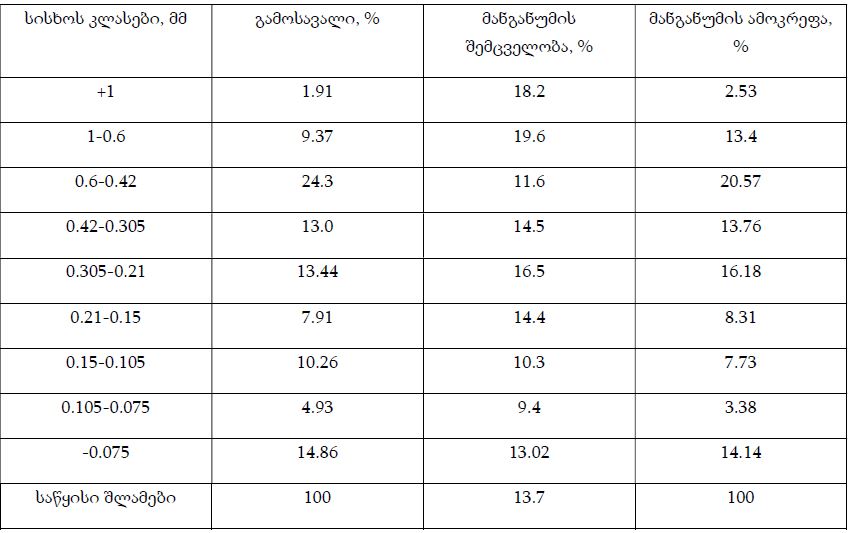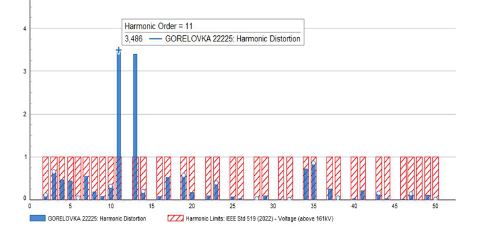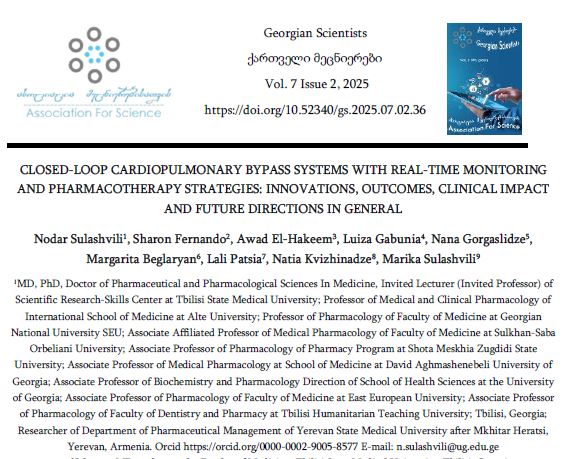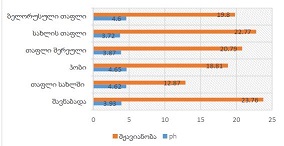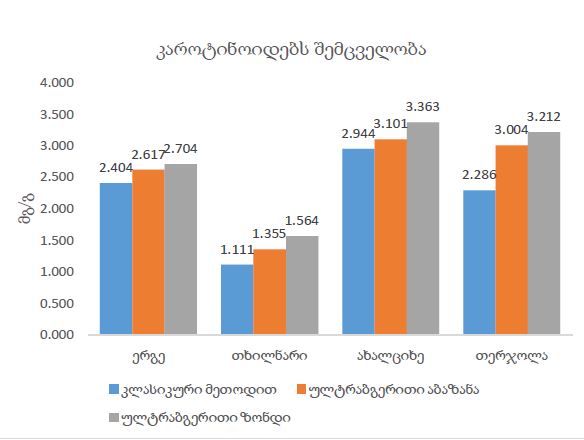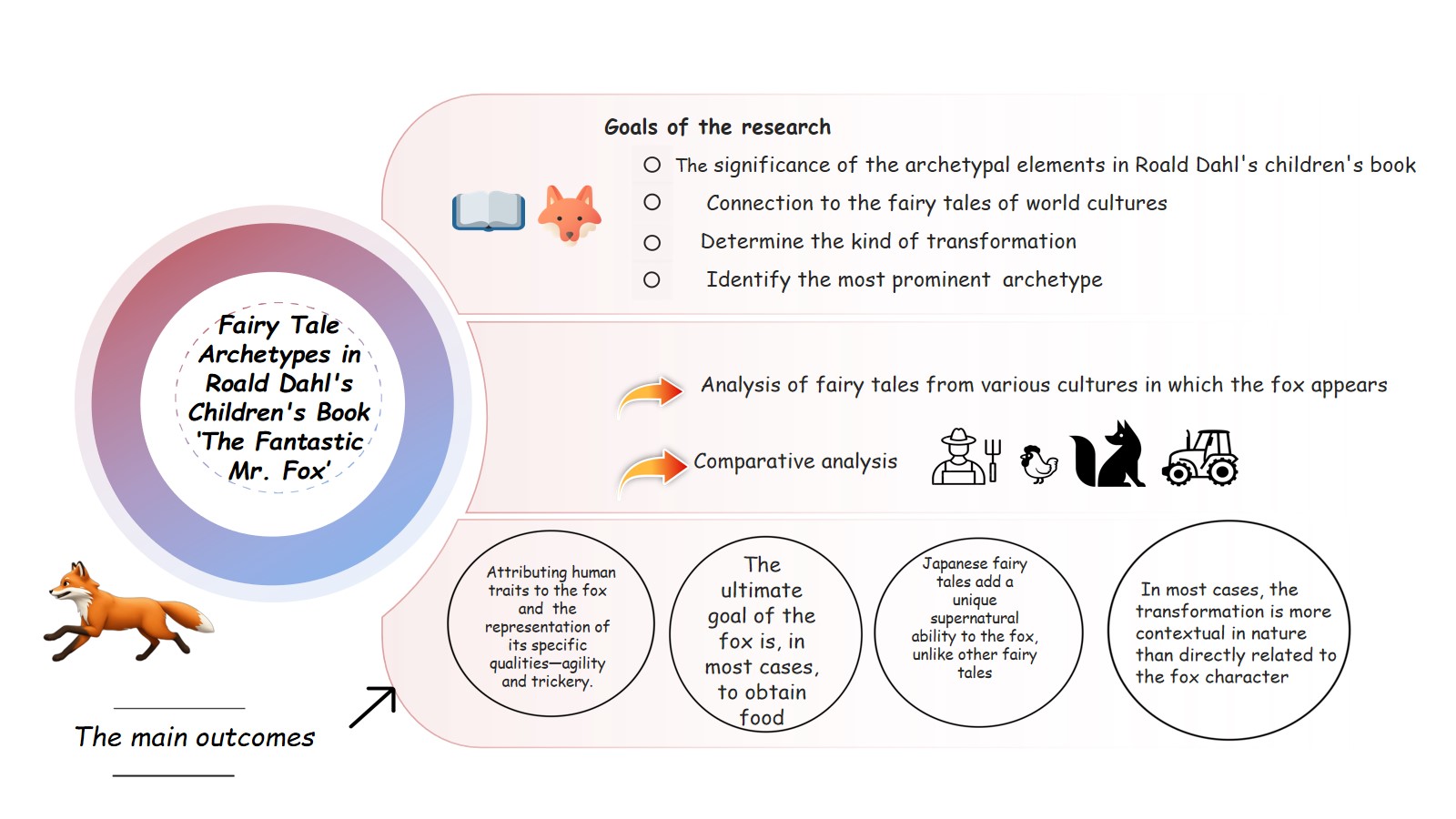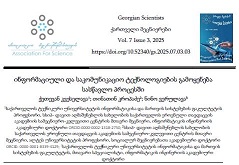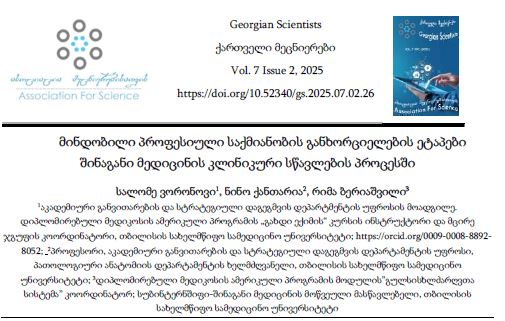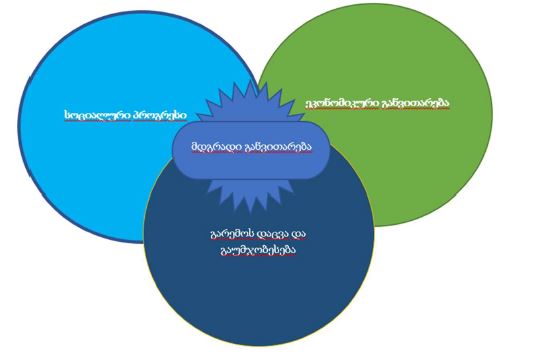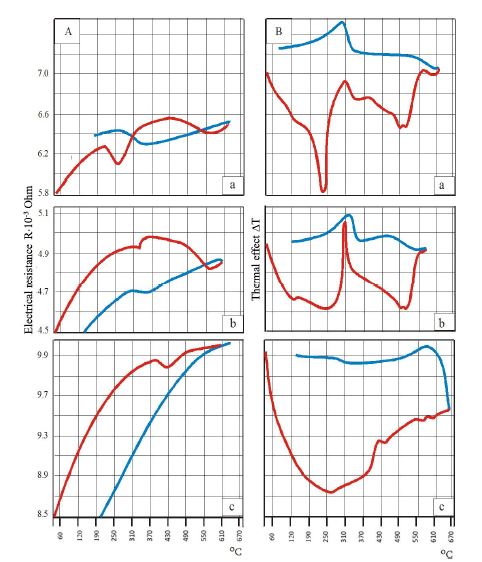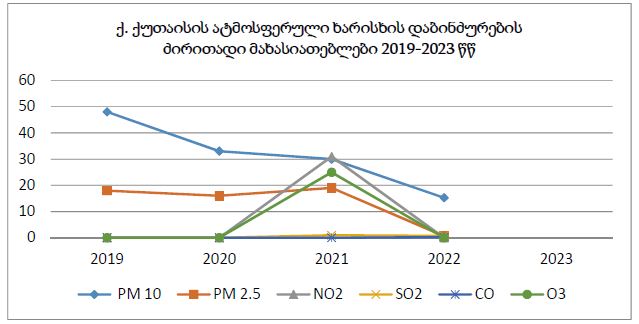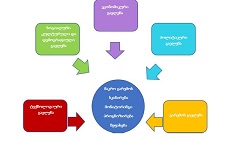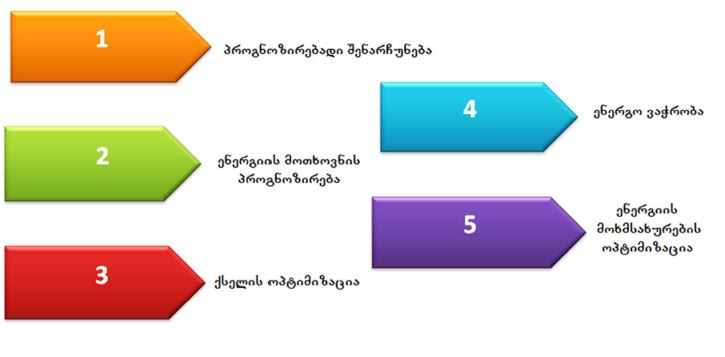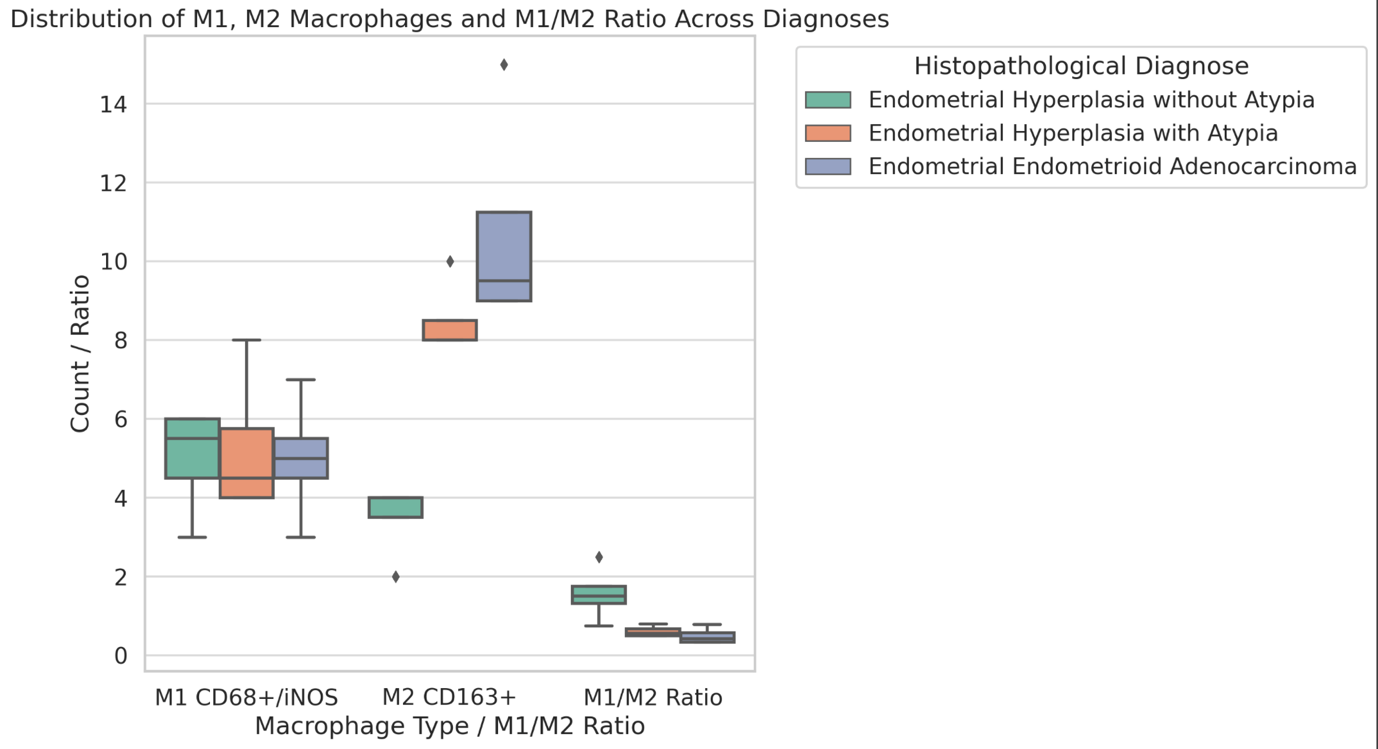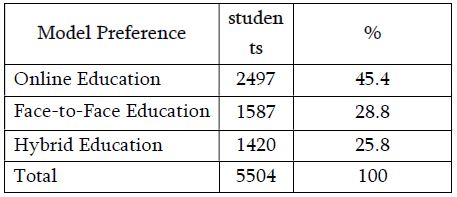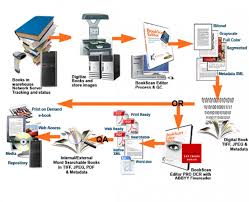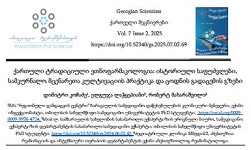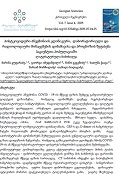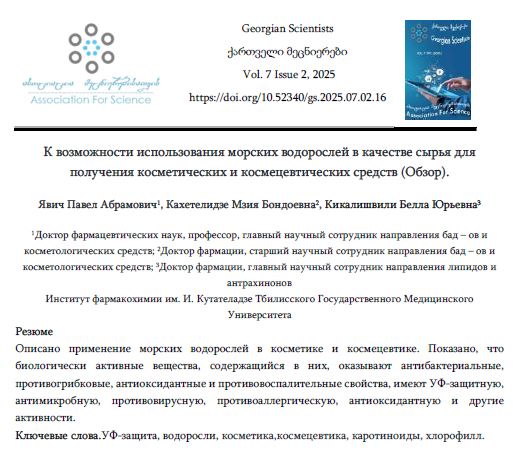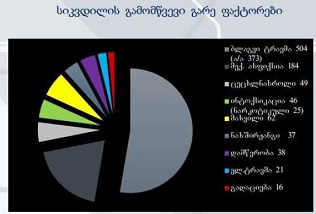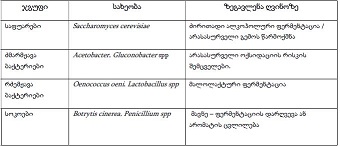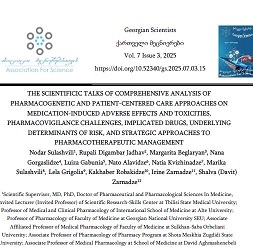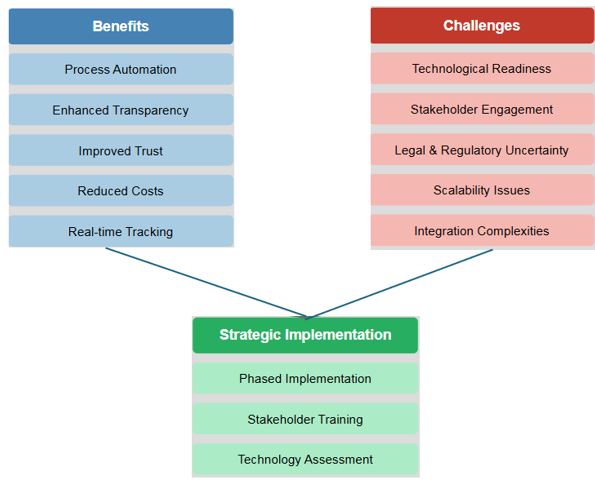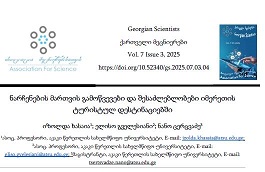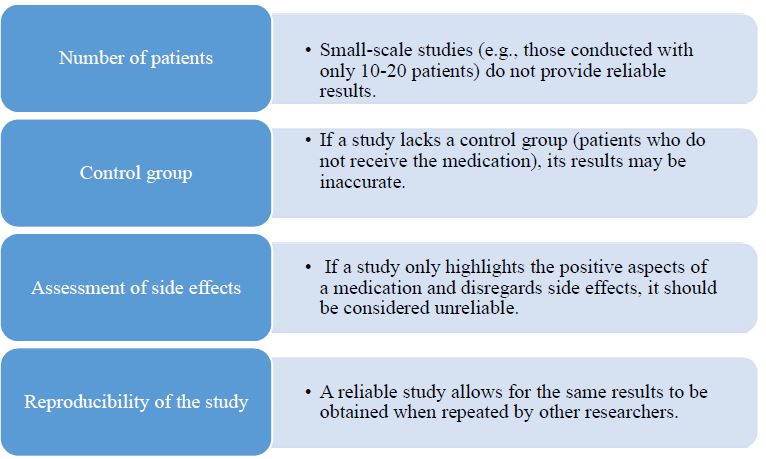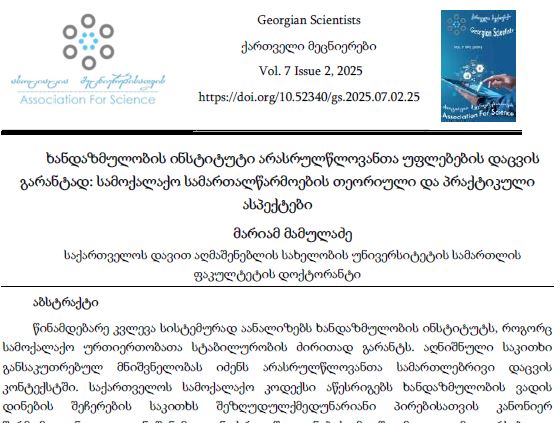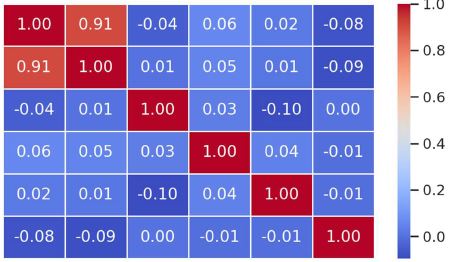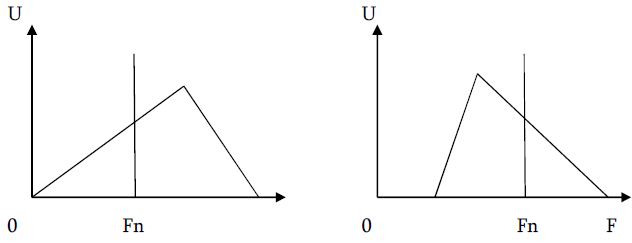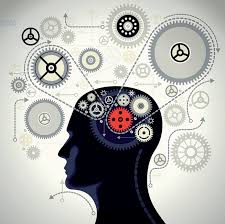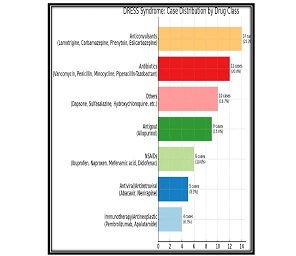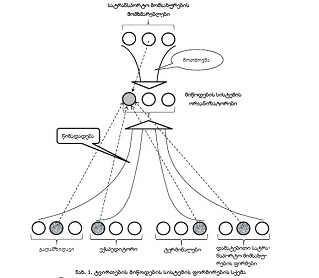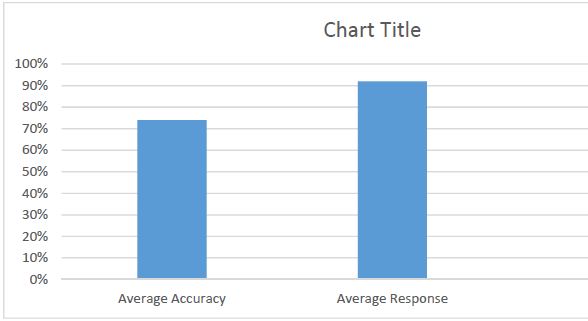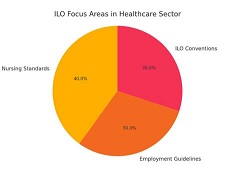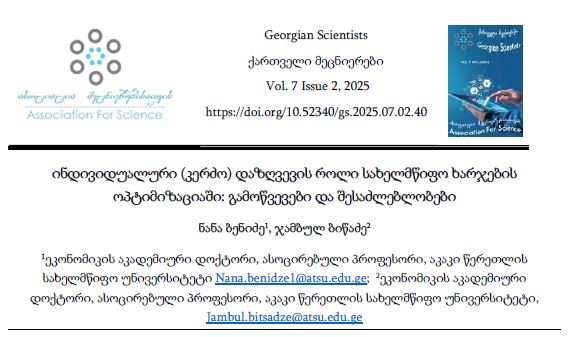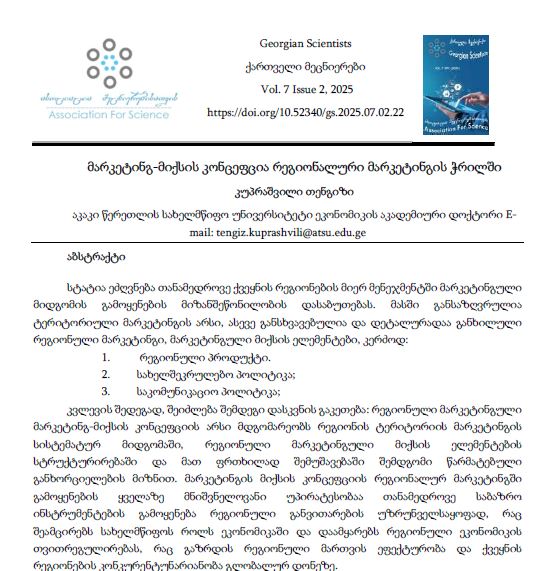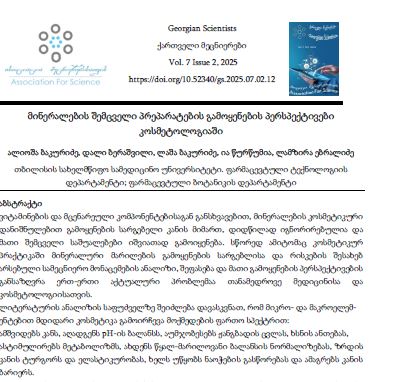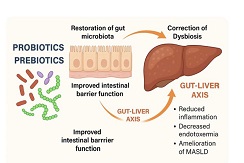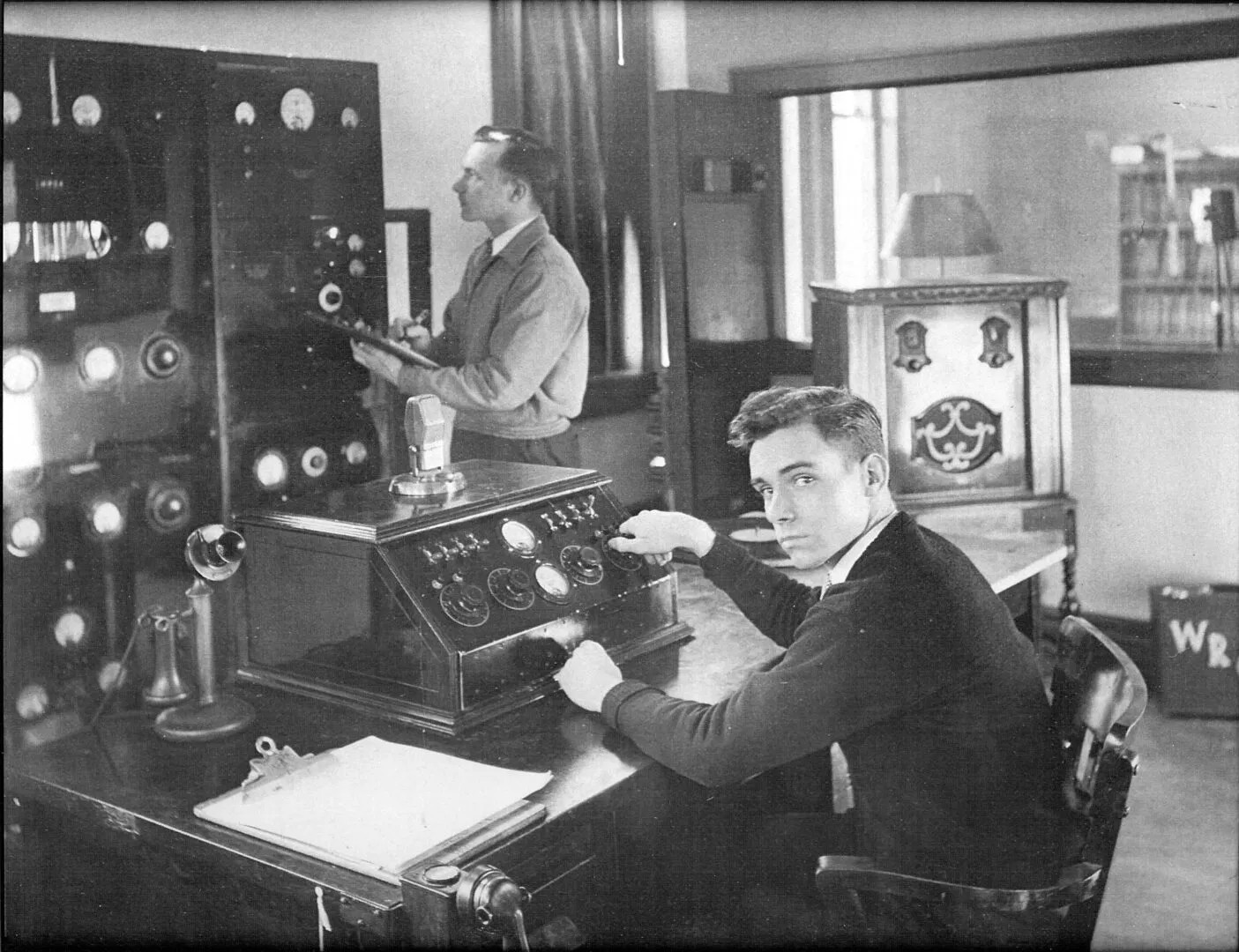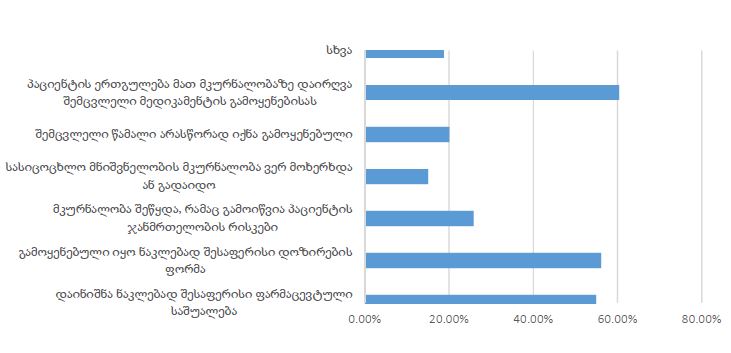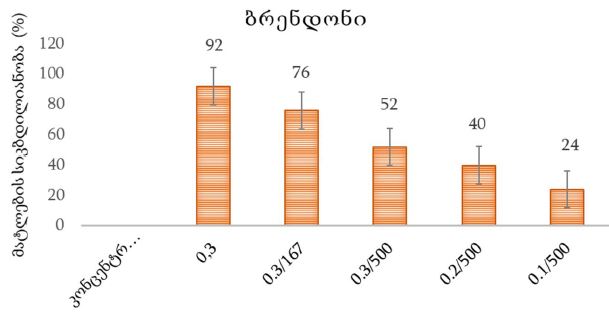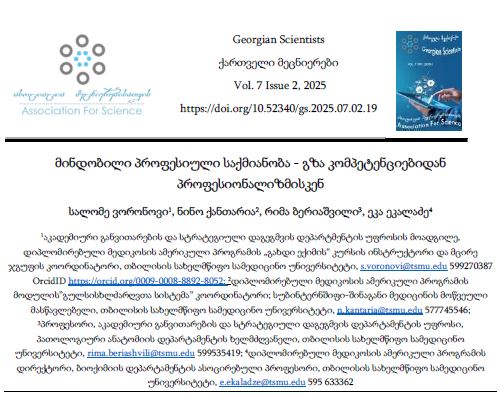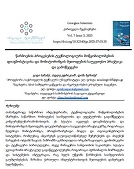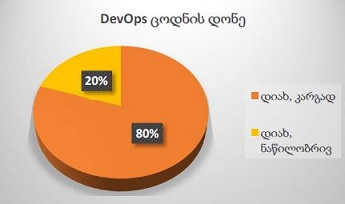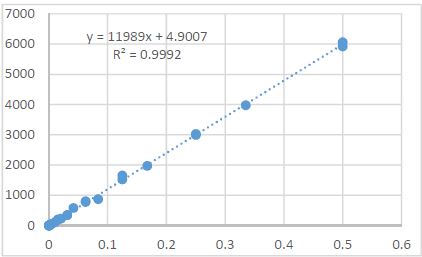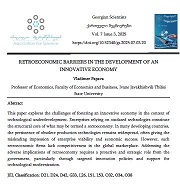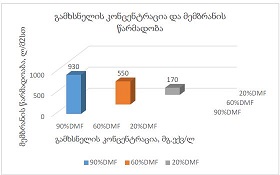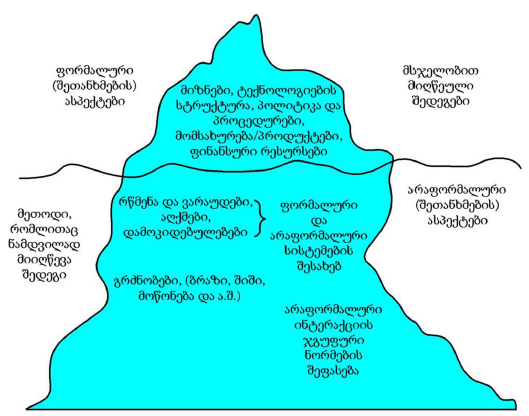LEARNING SOUND WAVES' EFFECTS ON EMG SIGNALS USING ARTIFICIAL INTELLIGENCE

Downloads
Sound is an energy (Raghu , 2018; Choi, Jung, & Kang, 2019) or a vibration that can be propagated into human bodies as sound waves and these sound waves have either positive or negative effects on both physical and mental well-being of people (Bass & Clark, 2003; World Health Organization, 2018; Reybrouck , Podlipniak, & Welch, 2019). These positive or negative sound wave effects can culminate into therapeutic or pathologic effects, hence our aim of creating an artificial intelligence-based model for detecting and predicting therapeutic sound frequencies and amplitudes based on individual health needs. Our research aims to design an artificial intelligence-based (AI) model for detecting human muscle response to different sound frequencies and amplitudes. Using artificial intelligence, we were able to find the difference between the EMG signals recorded from the volunteers during different sound wave applications. This means that human muscle responds to different sound signals and reacts differently.
Downloads
Bass, A. H., & Clark, C. W. (2003). The Physical Accoustic of Underwater Sound Communication. Retrieved from Springer Handbook of Auditory Research DOI https://doi.org/10.1007/0-387-22762-8_2 : https://link.springer.com/chapter/10.1007/0-387-22762-8_2
Calamassi, D., & Pomponi, G. P. (2019). Music Tuned to 440 Hz Versus 432 Hz and the Health Effects: A Double-blind Cross-over Pilot Study. PubMed PMID: 31031095 DOI: 10.1016/j.explore.2019.04.001.
Calamassi, D., Vigni, M. L., Fumagalli, C., Gheri, F., Pomponi , G. P., & Bambi , S. (2022). Listening to music tuned to 440 hz versus 432 hz to reduce anxiety and stress in emergency nurses during the Covid-19 pandemic: a double-blind, randomized controlled pilot study. PMC PubMed Central PMCID: PMC9534204 PMID: 35545982 doi: 10.23750/abm.v93iS2.12915.
Chasin, M. (2014, July 22). The Importance of 1.059 in Music (and Audiology). Retrieved from hearingreview: https://hearingreview.com/practice-building/practice-management/continuing-education/importance-1-059-music-audiology
Choi, J., Jung, I., & Kang, C.-Y. (2019). A brief review of sound energy harvesting. ScienceDirect https://doi.org/10.1016/j.nanoen.2018.11.036.
Fink, D. J. (2017). What Is a Safe Noise Level for the Public? PMC PubMed Central PMCID: PMC5308171 PMID: 27925831 editorial Am J Public Health. 2017 Jan;107(1):44–45. doi: 10.2105/AJPH.2016.303527.
Fishman, Y. I., Micheyl , C., & Steinschneider , M. (2013). Neural Representation of Harmonic Complex Tones in Primary Auditory Cortex of the Awake Monkey. PMC PubMed Central PMC3685833 PMID: 23785145 J Neurosci. 2013 Jun 19;33(25):10312–10323. doi: 10.1523/JNEUROSCI.0020-13.2013.
Franken, E. (2024, November 6). Overtones and undertones in guitar sound. Retrieved from chickenpicks: https://www.chickenpicks.com/overtones-and-undertones-in-guitar-sound/?srsltid=AfmBOoqCBRA2XH1mcFKRzOPRe5AHUcryqOWPArmm2XwI4gFiNLmkwHGE
Gribenski, F. (2023). Tuning the World The Rise of 440 Hertz in Music, Science, and Politics, 1859–1955. The University of Chicago Press.
Katz, J. E., Clavijo, R. I., Rizk, P., & Ramasamy, R. (2019). The Basic Physics of Waves, Soundwaves, and Shockwaves for Erectile Dysfunction. PMC PubMed Central doi: 10.1016/j.sxmr.2019.09.004.
Luengrungrus, K., Thanawirattananit, P., & Teeramatwanich , W. (2024). Normative Data of Extended High Frequency Audiometry in Normal Hearing Subjects with Different Aged Groups. PubMed PMID: 39727612 PMCID: PMC11674001 DOI: 10.3390/audiolres14060089.
Lutman , M. E. (2000). What is the risk of noise-induced hearing loss at 80, 85, 90 dB(A) and above? PubMed PMID: 10912379 DOI: 10.1093/occmed/50.4.274 .
Naz, S., & Friedman, T. B. (2020). Growth factor and receptor malfunctions associated with human genetic deafness. PubMed Epub 2019 Oct 23. PMID: 31506927 PMCID: PMC8232520 DOI: 10.1111/cge.13641.
Piilonen, M. (2024). Tuning the World: The Rise of 440 Hertz in Music, Science, and Politics (1859–1955). ResearchGate Journal of Music Theory 68(1):194-199 DOI:10.1215/00222909-10974848.
Prell, C. L., Spankovich, C., Lobarinas, E., & Griffiths, S. K. (2014). Extended High Frequency Thresholds in College Students: Effects of Recreational Noise. PMC PubMed Central doi: 10.3766/jaaa.24.8.9.
Raghu , M. (2018). A Study to Explore the Effects of Sound Vibrations on Consciousness. Horizontal Research Publishing Corporation DOI: 10.13189/ijrh.2018.060302.
Reybrouck , M., Podlipniak, P., & Welch, D. (2019). Music and Noise: Same or Different? What Our Body Tells Us. PMC PubMed Central doi: 10.3389/fpsyg.2019.01153.
StackExchange. (2016, April 7). A (440 Hz) and A (880 Hz) are completely different sounds to me. Does this mean I'm tone deaf? Retrieved from Music Practice and Theory: https://music.stackexchange.com/questions/43335/a-440-hz-and-a-880-hz-are-completely-different-sounds-to-me-does-this-mean
Tucker, M. (2025, January 22). 880 Hz for Healing Complete Guide. Retrieved from Altered Mind Waves: https://alteredmindwaves.com/880-hz-complete-guide/
WHO. (2024, May 29). Deafness and hearing loss: Safe listening. Retrieved from who.int/news-room/questions-and-answers: https://www.who.int/news-room/questions-and-answers/item/deafness-and-hearing-loss-safe-listening
World Health Organization. (2018). Environmental Noise Guidelines for the European region - Executive Summary. WHO Regional Office for Europe UN City, Marmorvej 51 DK-2100 Copenhagen Ø, Denmark: World Health Organization Document number: WHO/EURO:2018-3287-43046-60243 WHO-EURO-2018-3287-43046-60243-eng .
Copyright (c) 2025 Georgian Scientists

This work is licensed under a Creative Commons Attribution-NonCommercial-NoDerivatives 4.0 International License.










